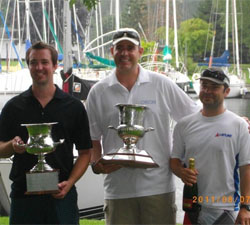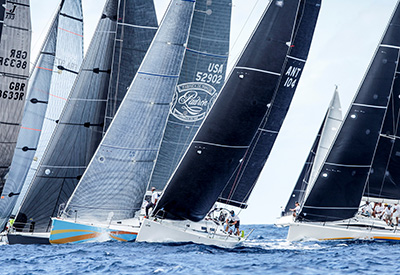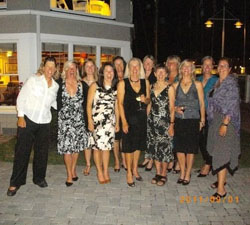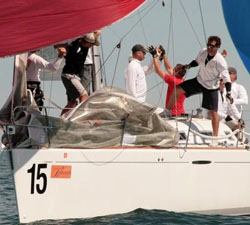Race to Alaska is Underway
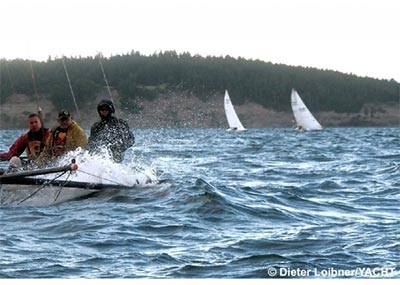
The 750-mile wind and human powered Race To Alaska began June 4th in Port Townsend, Washington. A cash prize of $10,000 will go to the first competitor to reach Ketchikan without the aid of an engine. Second prize is a set of steak knives.
More than 50 boats sail, row, and paddle to Victoria on the first leg of the race. The early start allows sailors to take advantage of the large ebb tide out of the Juan de Fuca Strait. Teams have 36 hours to get to Victoria or be disqualified from further competition.
“Given the marine forecast of strong westerly winds tomorrow we expect a fast race” said Jamie Webb, the Maritime Museum’s Victoria Port Host. “The fast multi-hulls will have the advantage. But there are lots of stretches along the way up coast where there could be prolonged calms.”
The finish line for the Victoria leg is at the end of the CPR float (former Undersea Gardens) where racers have to ring a bell and then clear Customs. Results of the First Leg can be seen here: http://r2ak.com/stage-1-results/
{videobox}49wiOqTRfVY{/videobox}
The spectacular start of the second leg began on Sunday at noon when 100+ racers lined the Victoria Inner Harbour Causeway for a spectacular “Lemans style” start. When the bells rang, all sailors run to their boats and simultaneously head for Alaska.
All the boats can be tracked in real time at http://tracker.r2ak.com

